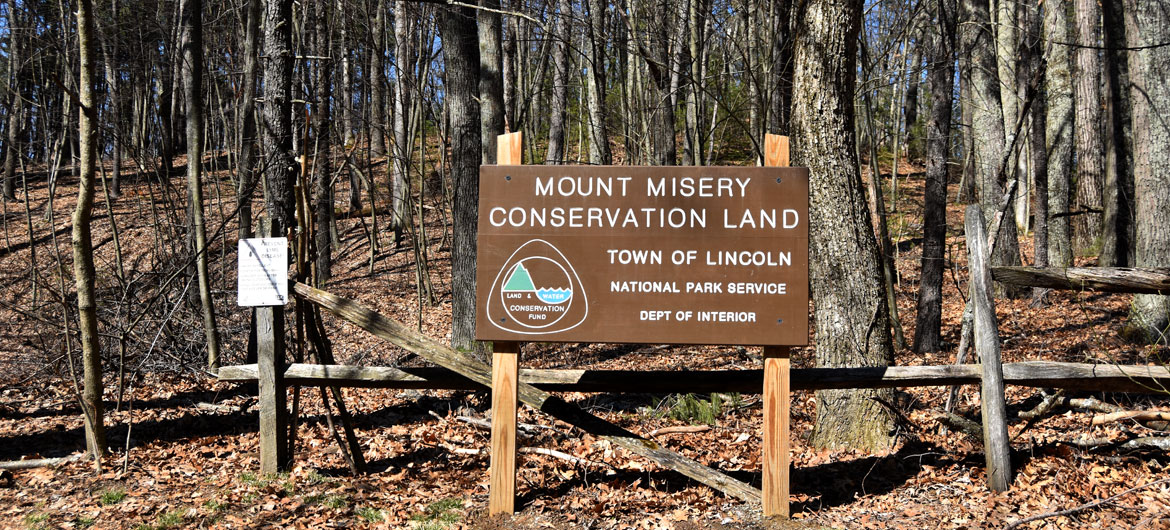The first article in Wonderland’s series about Miserable Places:
At 227 acres, Mount Misery is considered to be the largest conservation area in Lincoln, Massachusetts. When we arrived on a recent sunny coronavirus midday, the parking lot off Route 117 was stuffed with cars.
Despite the name, Mount Misery is a beautiful forest of oak and hemlock and white pine and maples. Blueberry bushes sprout here and there. Skunk cabbage blossoms along the creeks. There are ponds, abandoned stone walls, an old dam and sawmill site. Over the years, beavers have built dams along Beaver Dam Brook, which connects Farrar Pond and the Sudbury River. We found the remains of one beaver construction—punctured by long plastic pipes to let the water rush through. From the hillsides above Terrapin Lake, a kettle hole where they grew cranberries until the early 1990s, we heard frogs singing. And we got chased by loose dogs.
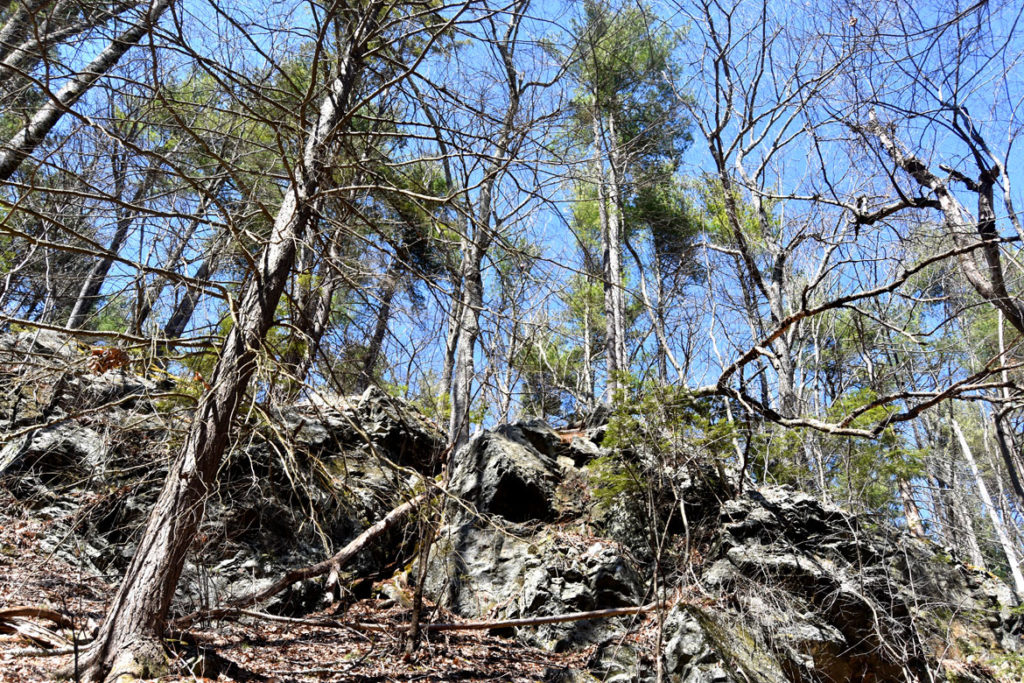
Mount Misery rises about 100 feet from the forest floor, with rocky cliffs on one side and more gradual approaches elsewhere. At the top, we found an old foundation. The view is of the surrounding forest, which grows taller than the top, obscuring anything much distant.
“This is without a doubt the most popular site in our community,” Tom Gumbart, the town’s conservation director, told the Associated Press in 2007.
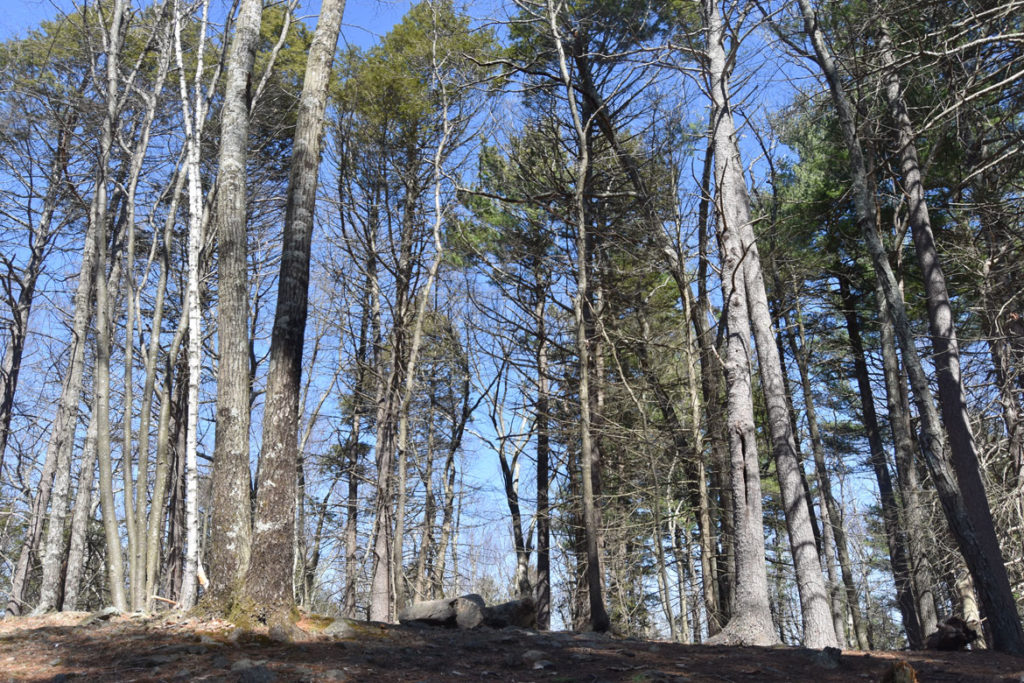
Map:
English colonial settlers used Mount Misery for wood and the surrounding area for farming. “The first white owners of record were the Billings family, who farmed in the area and operated a sawmill in the area as early as the 1700s,” according to a report William F. Carroll prepared for the Lincoln Public Library in 2003. These uses persisted until the 1940s, when James deNormandie acquired the territory to prevent it from being developed. The town of Lincoln bought the land from him and others in 1969 to maintain it as a natural resource and recreation area.
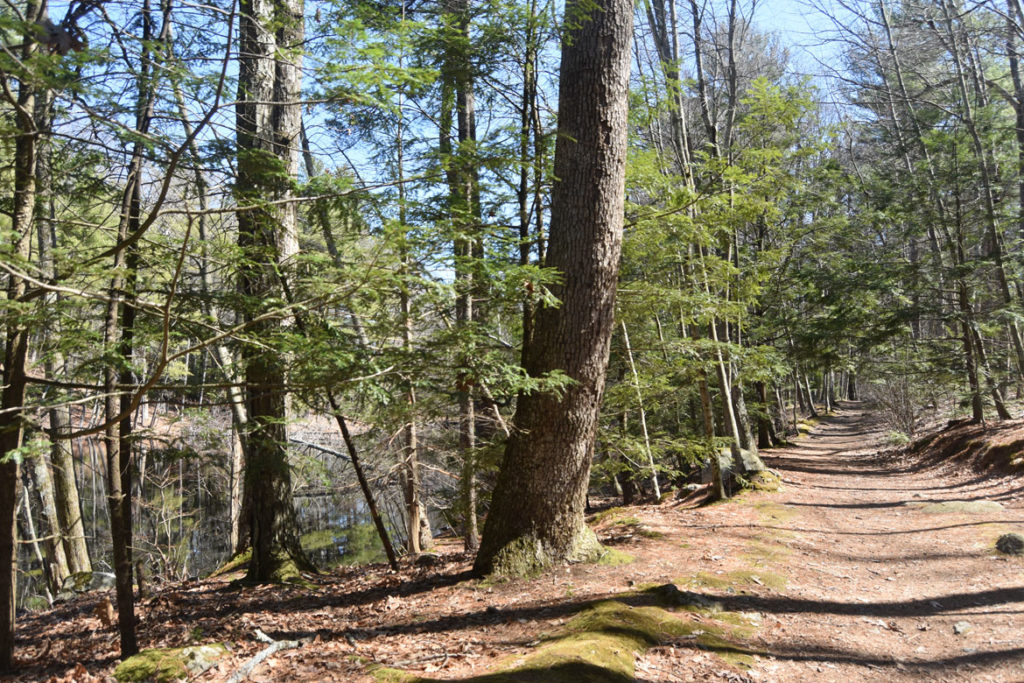
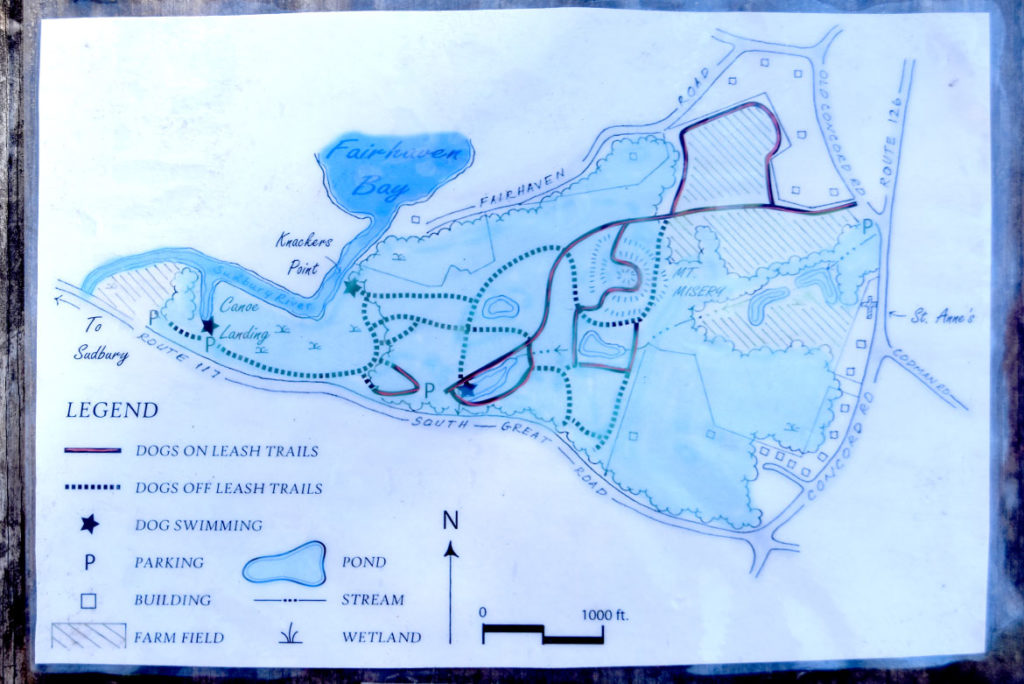
The Misery name has been attached to the mount since at least the late 1700s, according to the Lincoln Conservation Trust’s 1992 “A Guide to the Land in Lincoln.”
By one account, a pair of yoked oxen belonging to a fellow by the name of Thaddeus Garfield wandered off some time in the late 18th century. They got their harness hung up on a tree, one on each side. “They were either too stupid or too stubborn to back up, so they ended up dying there,” Gumbart told the Associated Press in 2007.
Another story has it that the Misery name comes from careless sheep and a rocky outcropping. “Someone once told me that at one point, a herd of sheep walked off it and some of them were injured,” he told The Boston Globe in 2002.
Gumbart has professed to being skeptical of all these tales.
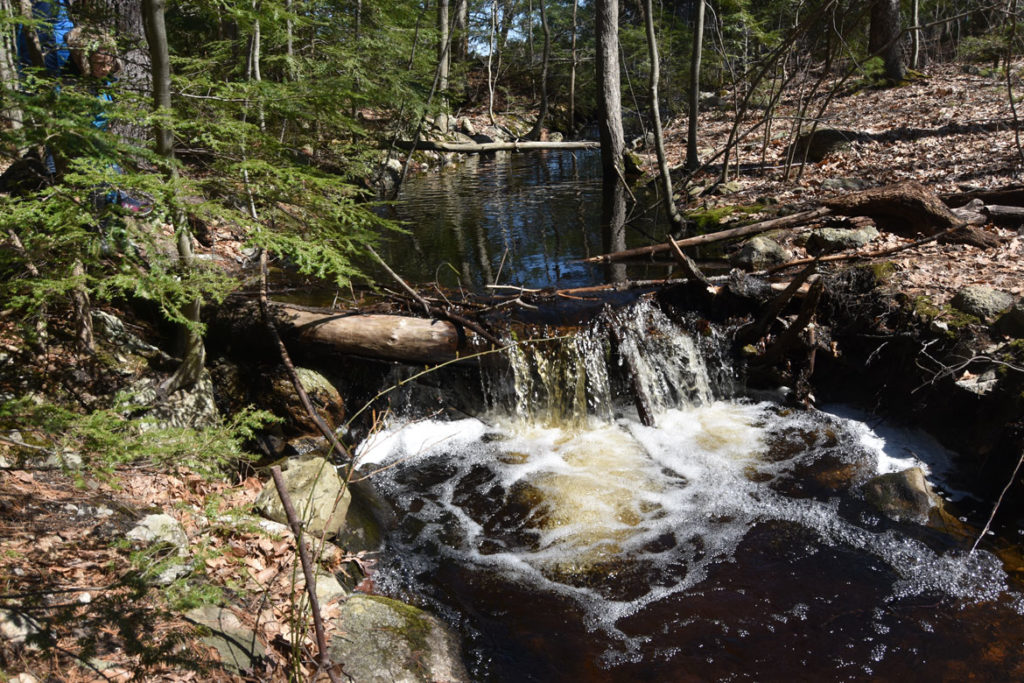
What is true is that Mount Misery is a bit over two miles south of Walden Pond, so of course Henry David Thoreau visited. In one of his writings from the 1850s to his death in 1862, he recalled: “Returning one afternoon by way of Mount Misery from a walk through Conantum and over Lee’s Bridge into Lincoln, I perceive in the little open meadow on Clematis Brook that the follicles of the Asclepias cornuti”—milkweed—“now point upward and are already bursting. When I release some seeds, the fine silky threads fly apart at once, opening with a spring—and then ray their relics out into a hemispherical form, each thread freeing itself from its neighbor, and all reflecting prismatic tints. … I am interested in the fate or success of every such venture which the autumn sends forth. And for this end these silken streamers have been perfecting themselves all summer, snugly packed in this light chest, a perfect adaptation to this end—a prophecy not only of the fall, but of future springs. Who could believe in prophesies of Daniel or of Miller that the world would end this summer, while one milkweed with faith matured its seeds?”
Related: The Unhappy History Of Mount Misery, Connecticut
If this is the kind of coverage of arts, cultures and activisms you appreciate, please support Wonderland by contributing to Wonderland on Patreon. And sign up for our free, weekly newsletter so that you don’t miss any of our reporting.
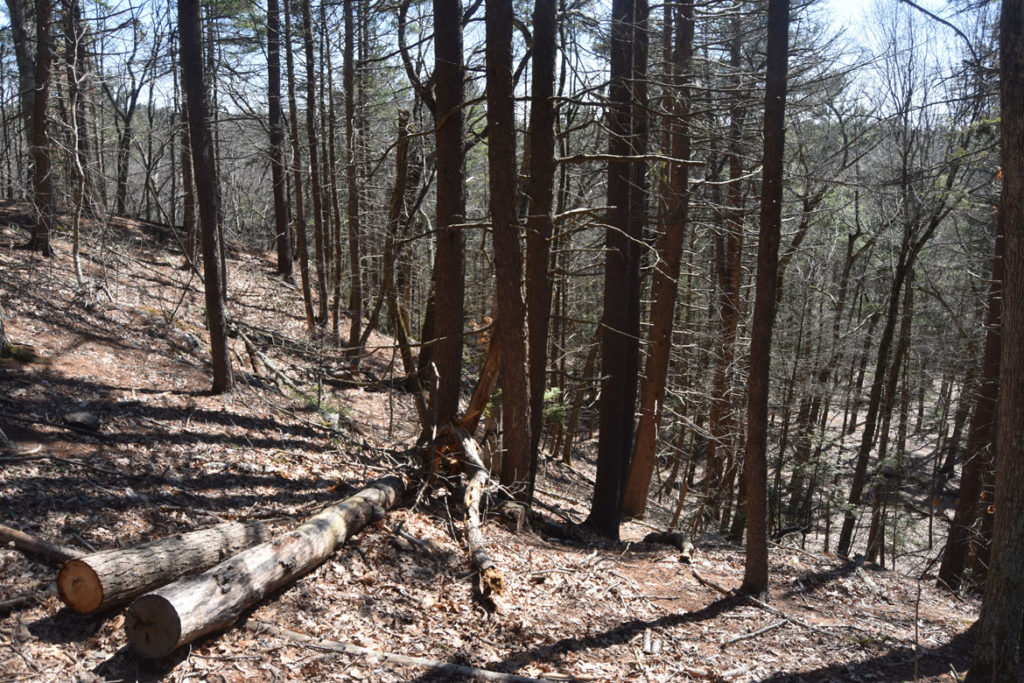
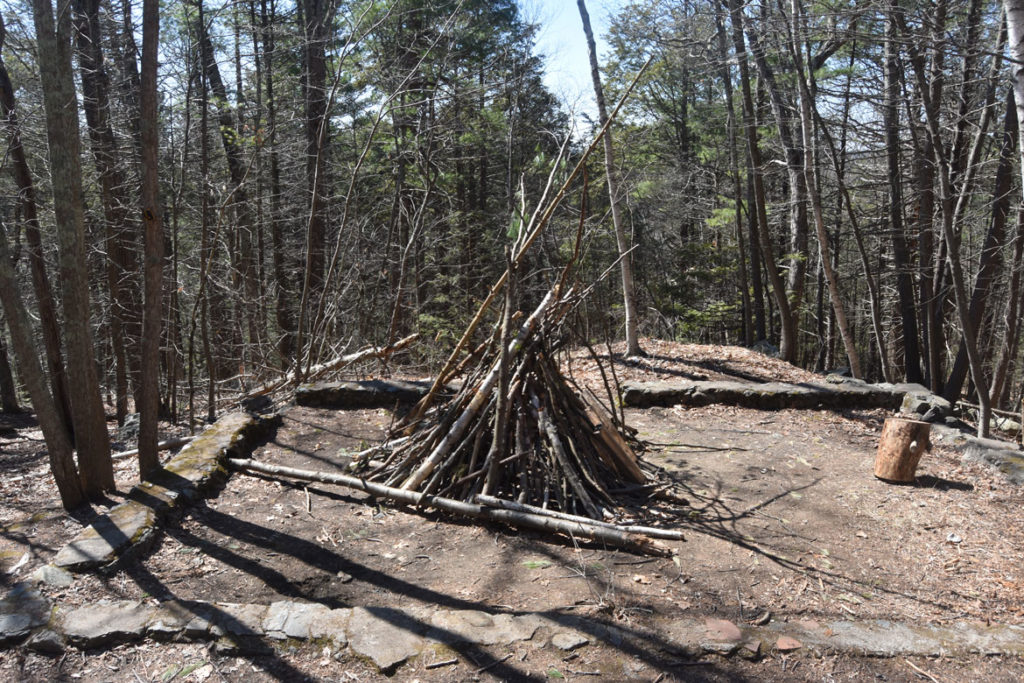
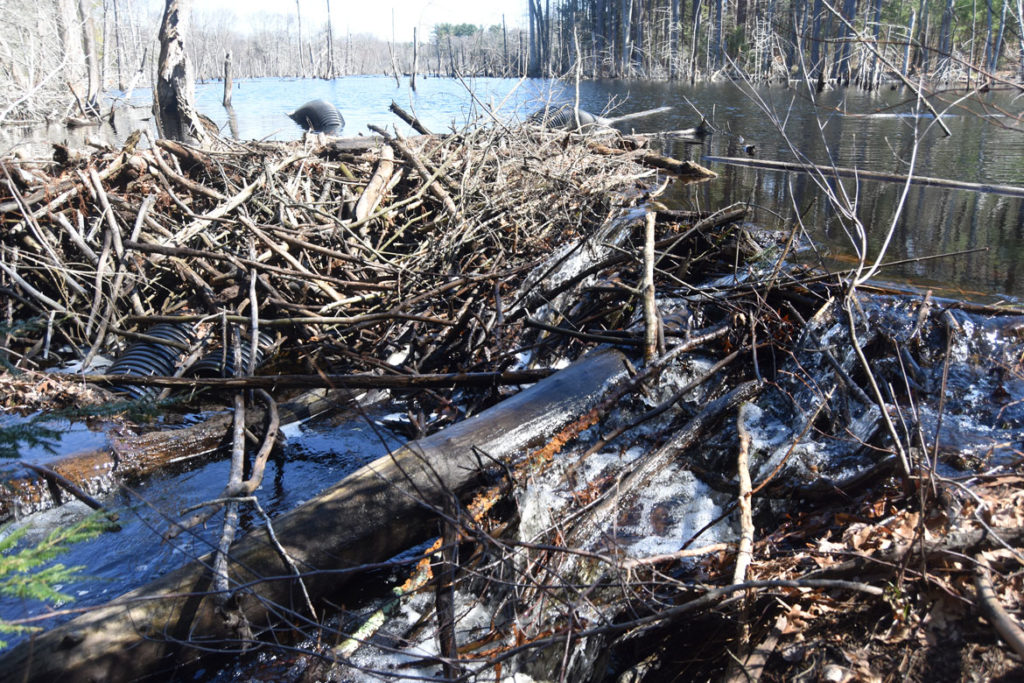
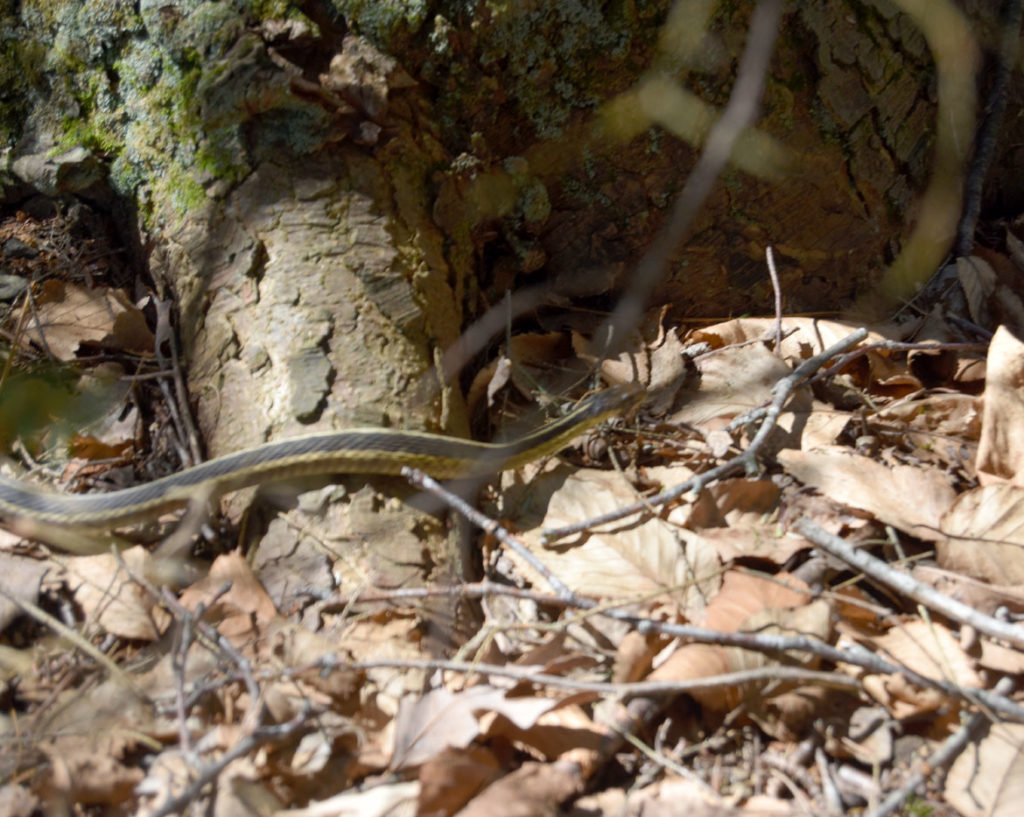

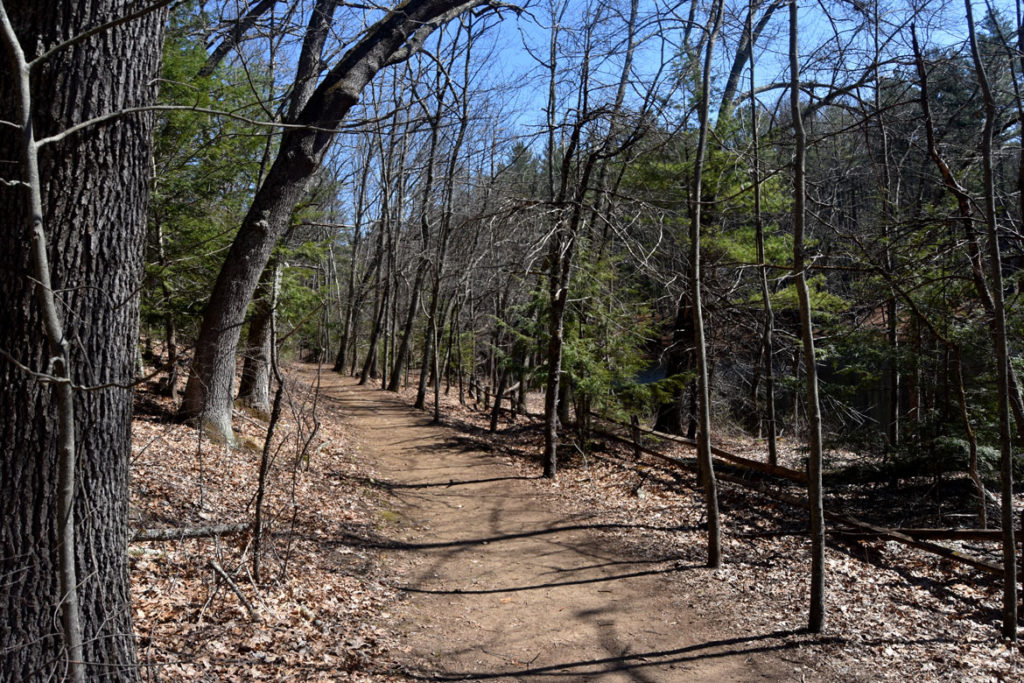
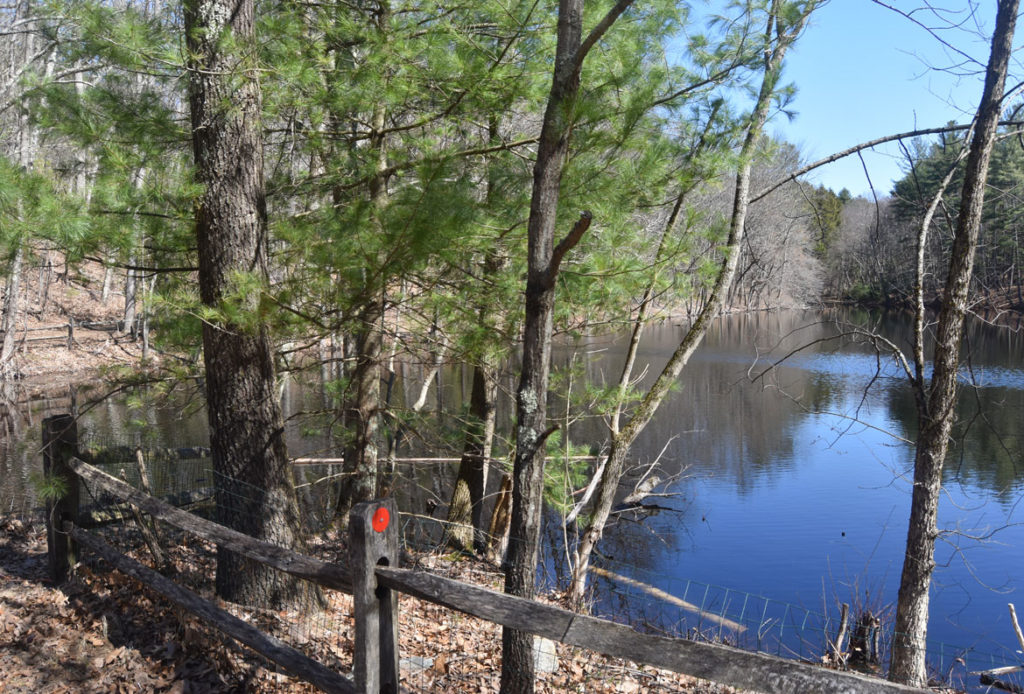
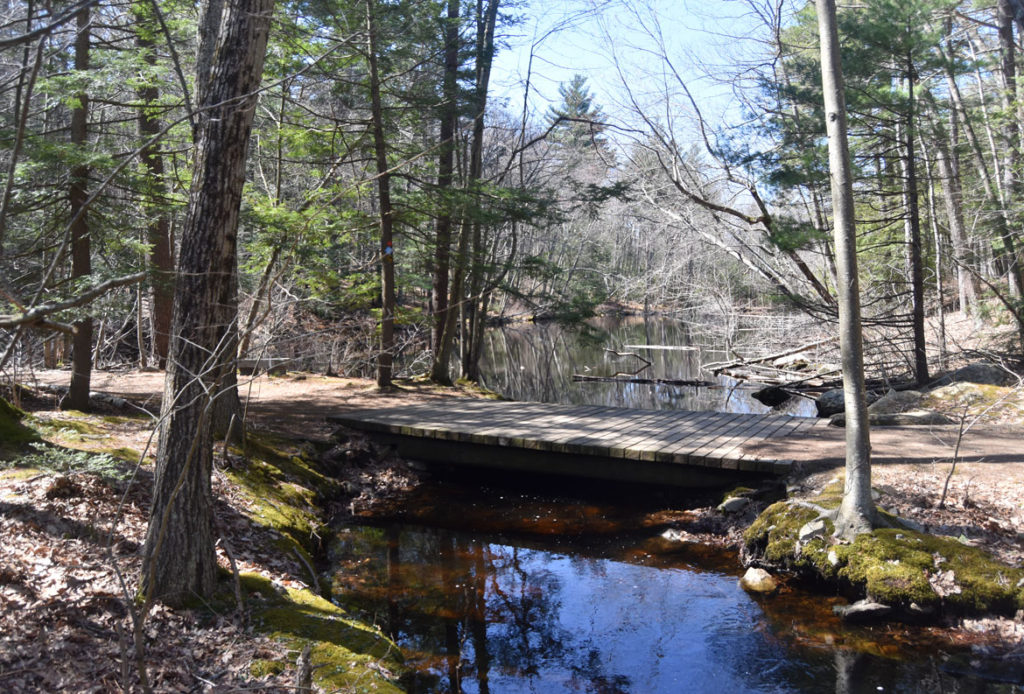
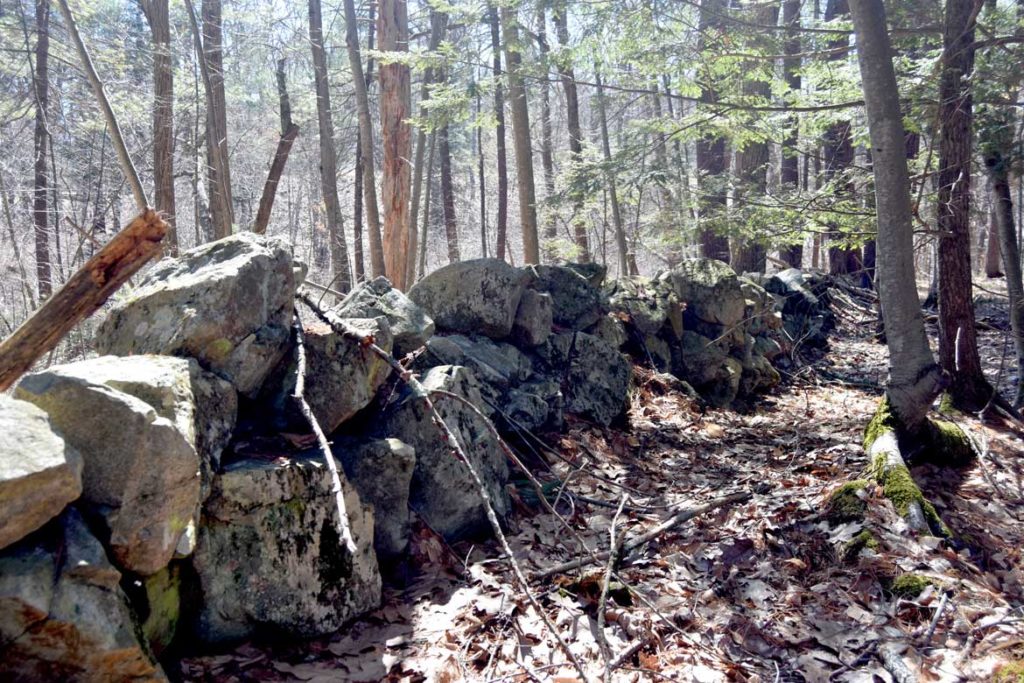
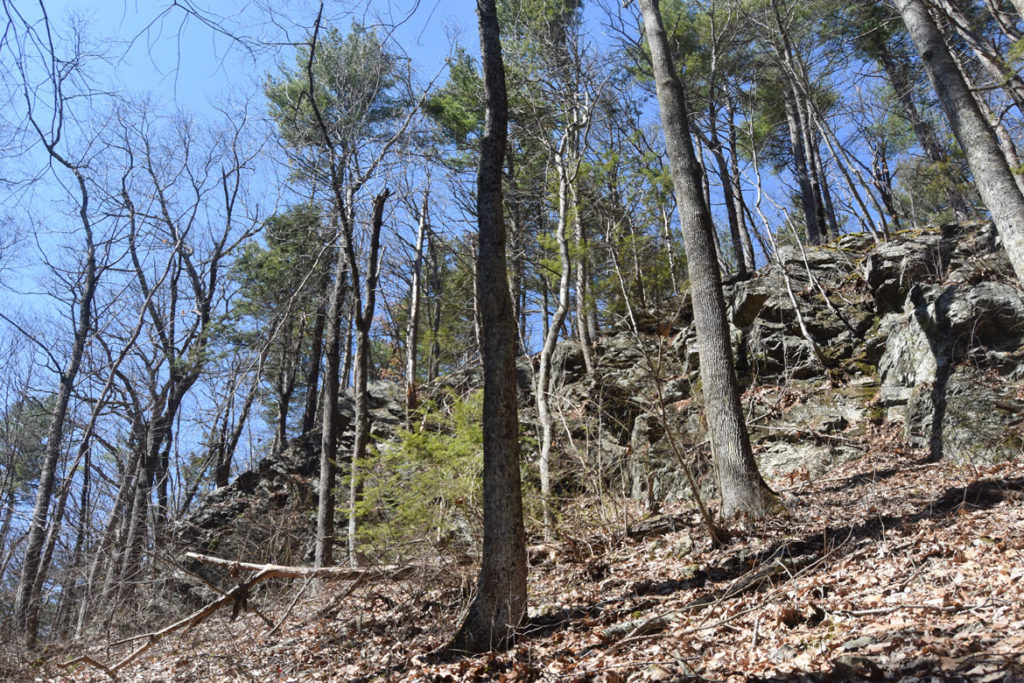
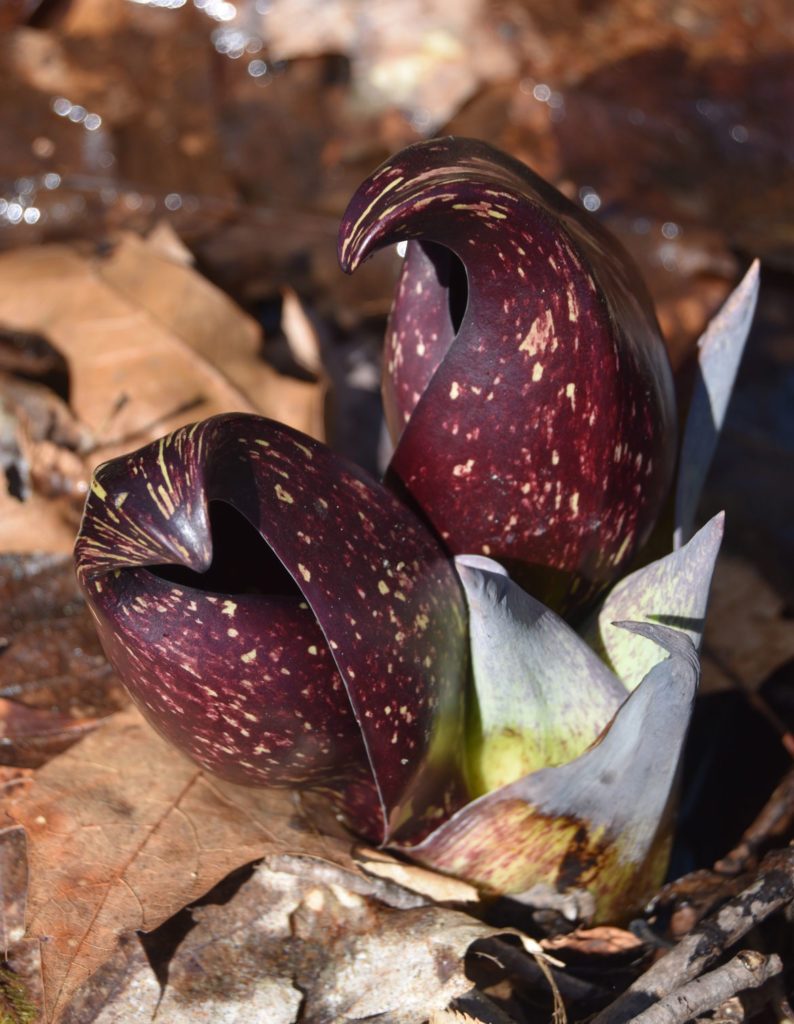
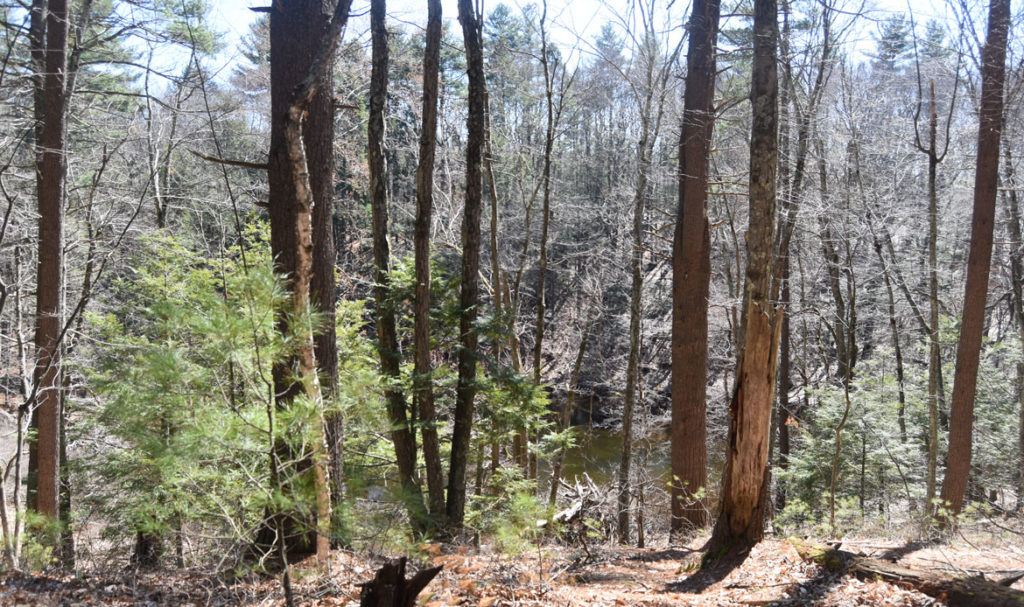
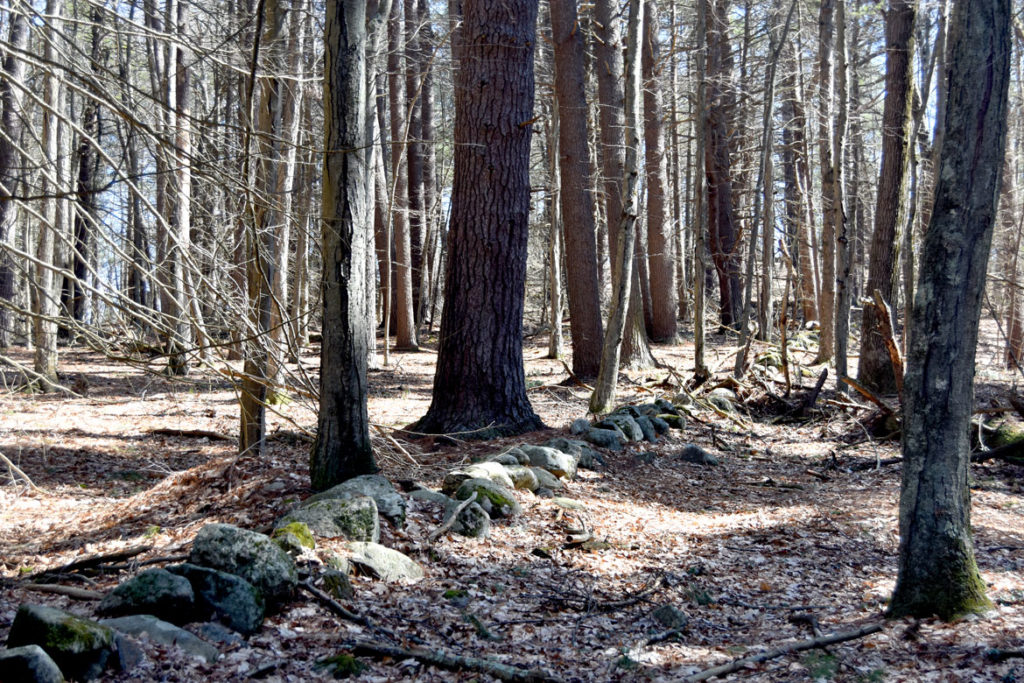

If this is the kind of coverage of arts, cultures and activisms you appreciate, please support Wonderland by contributing to Wonderland on Patreon. And sign up for our free, weekly newsletter so that you don’t miss any of our reporting.
